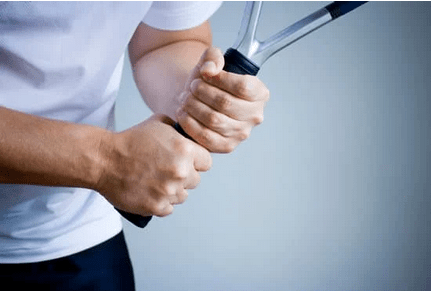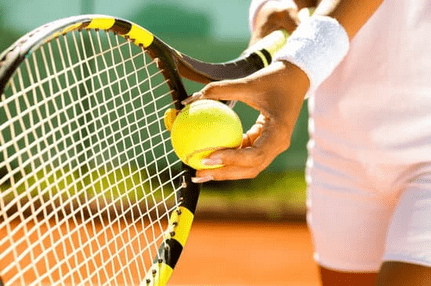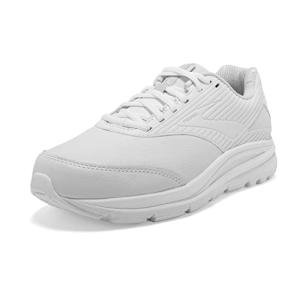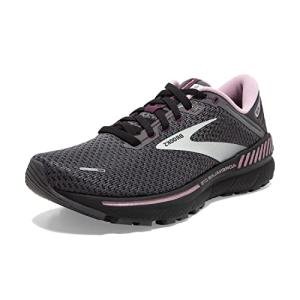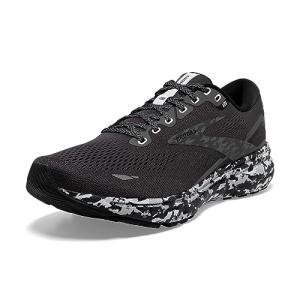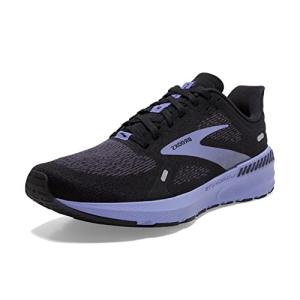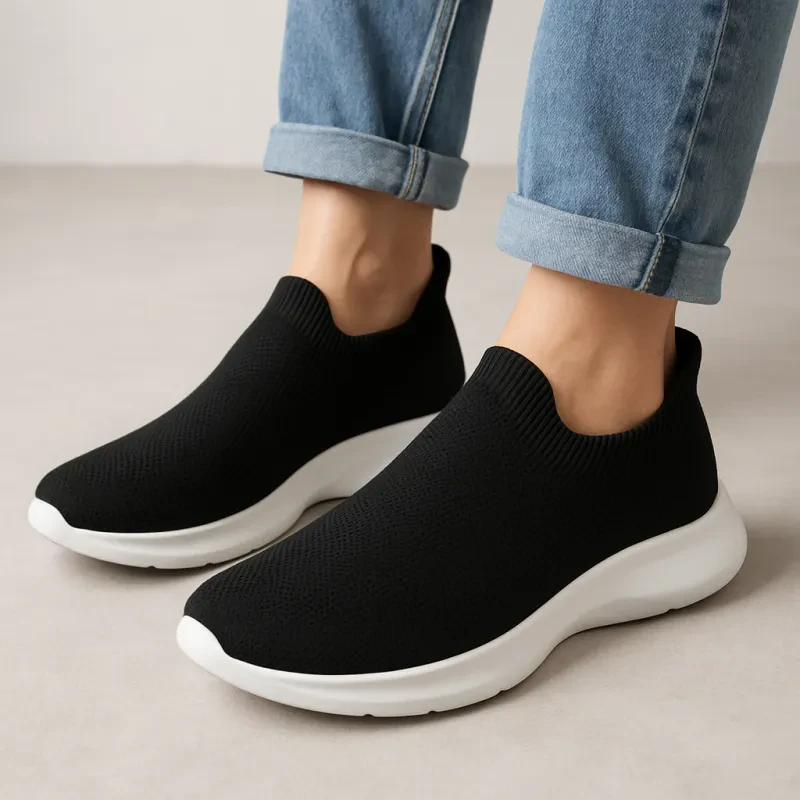Learn the fundamental skills and techniques necessary for beginners:
Introduction
Tennis is a popular sport that requires skill, agility, and strategic thinking. Whether you're a beginner or have some experience on the court, mastering the basics of tennis techniques is essential to improve your game and enjoy the sport to its fullest. This comprehensive guide will delve into the fundamental techniques every beginner should know to lay a strong foundation for their tennis journey.
The Grip: A Solid Foundation
The Importance of a Proper Grip
Having a correct grip is crucial in tennis, as it directly impacts your control over the racquet and the quality of your shots. A proper grip can lead to good technique and consistency. So, let's explore the different types of grips commonly used in tennis.
The Eastern Grip
The Eastern grip is one of the most common grips in tennis. It involves placing your index finger's base knuckle on the racquet handle's third angle. This grip provides versatility and is suitable for both forehand and backhand shots.
The Continental Grip
The Continental grip is another essential grip in tennis. It involves placing your index finger's base knuckle on the racquet handle's second bevel. This grip is ideal for volleys, serves, and overhead shots.
The Western Grip
The Western grip is known for its extreme topspin potential. It involves placing your index finger's base knuckle on the racquet handle's fifth angle. This grip is commonly used for powerful forehand shots.
Footwork: Moving with Agility
The Split Step
The split step is a fundamental footwork technique that allows you to move quickly and efficiently on the court. It involves jumping slightly off the ground and landing with your feet slightly wider than shoulder-width apart just as your opponent is about to make contact with the ball. This prepares you to react and move in any direction.
The Side Shuffle
The side shuffle is an essential footwork technique to cover lateral movements on the court. It involves taking small, quick steps while keeping your body facing the net. This footwork allows you to maintain balance and adjust your positioning for optimal shot execution.
The Cross-Step
The cross-step footwork technique is particularly useful when moving diagonally on the court. It involves crossing one foot behind the other while keeping your body facing the net. This footwork allows you to cover more ground efficiently and set up for shots with precision.
Mastering the Serve: A Weapon in Your Arsenal
The Importance of a Strong Serve
The serve is arguably the most crucial shot in tennis. A well-executed serve can put your opponent on the defensive right from the start of the point. Let's explore the key components of a powerful and accurate serve.
The Stance
Start with your feet shoulder-width apart, perpendicular to the baseline, and pointing towards the net. Keep your knees slightly bent to maintain balance and generate power. Position your tossing arm before you, ready to initiate the serve.
The Ball Toss
The ball toss is a critical element in executing a successful serve. Toss the ball slightly in front and to the right (for right-handed players) or left (for left-handed players). The height of the toss should be around shoulder level to allow you to make a fluid and effective motion.
The Swing
As the ball peaks, initiate the swing by extending your tossing arm upwards. Simultaneously, rotate your hips and shoulders, transferring your weight from the back foot to the front foot. Maintain a smooth and fluid motion as you strike the ball at the highest point, imparting power and spin.
Forehand and Backhand: The Foundation of Your Groundstrokes
The Forehand
The forehand is a fundamental groundstroke that every tennis player must master. Here's a breakdown of the key elements for a powerful and consistent forehand.
Grip and Stance
For a forehand shot, use an Eastern grip and stand with your feet shoulder-width apart, perpendicular to the net. Bend your knees and prepare to rotate your hips and shoulders to generate power.
Swing and Follow-Through
As the ball approaches, swing the racquet forward smoothly, making contact with the ball in front of your body. Extend your arm fully and follow through across your body, maintaining control and generating topspin.
The Backhand
The backhand is another crucial groundstroke that requires proper technique and footwork. Let's explore the key elements for a solid backhand shot.
Grip and Stance
Use a Continental grip with your dominant hand and an Eastern grip with your non-dominant hand for a two-handed backhand. Stand with your feet shoulder-width apart, sideways to the net, and prepare to rotate your hips and shoulders.
Swing and Follow-Through
As the ball approaches, initiate the swing by rotating your hips and shoulders while keeping your eye on the ball. Swing the racquet forward, touching the ball slightly in front of your body. Follow through by extending your arms and rotating your body towards the net.
FAQs
- Can I use the Western grip for my backhand shots?
No, the Western grip is more suitable for powerful forehand shots. It is recommended to use an Eastern grip or a Continental grip for your backhand shots.
- How can I improve my footwork in tennis?
Practice the split step, side shuffle, and cross-step techniques to improve your footwork. Focus on maintaining balance, agility, and quick reactions.
- What should I do to develop a strong service?
Work on your stance, ball toss, and swing technique to develop a strong serve. Additionally, practice serving drills and seek guidance from a qualified tennis coach.
- Can I generate topspin on my backhand shots?
Yes, you can generate topspin on your backhand shots by focusing on brushing the ball with your racquet strings and following through across your body.
- Is it necessary to have a powerful forehand to excel in tennis?
While a powerful forehand can be an advantage, tennis is a game of strategy and consistency. To become a well-rounded player, focus on developing all aspects of your game, including footwork, serve, and backhand.
- How can I find a qualified tennis coach to improve my skills?
To find a qualified tennis coach, contact local clubs and sports academies, or search online directories for certified coaches. Look for coaches with experience working with beginners and a track record of producing skilled players.
Conclusion
Mastering tennis techniques is crucial for beginners to build a solid foundation and progress. By understanding the correct grip, footwork, and essential shots like the serve, forehand, and backhand, you can develop the skills to enjoy the game and compete at a higher level. Remember to practice regularly, seek guidance from qualified coaches, and have fun on your tennis journey.
Recent Related Articles:
Sports-Specific Sneakers: Choosing the Right Footwear for Your Activity
The Ultimate Guide to Nike Air Force One Sneakers for Playing Basketball
Skechers Introduces Effortless Slip-In Sneakers

